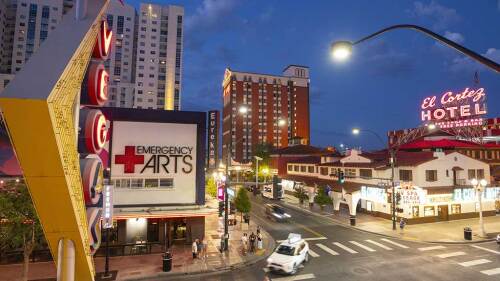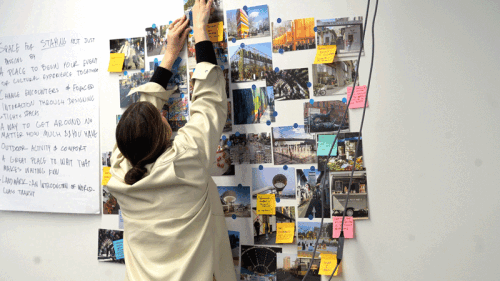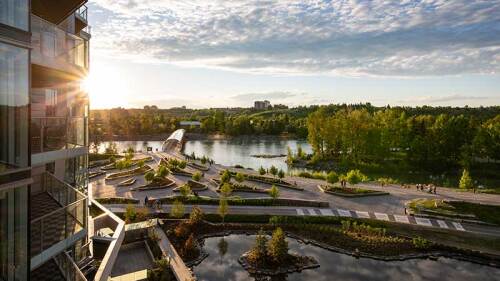Infrastructure – Transportation and Transit
The construction phase is where the vision of a future-proof parking facility truly takes shape, where theoretical plans transform into a tangible, tech-ready structure. This step isn’t merely about pouring concrete and raising steel; it’s a critical juncture for embedding the smart capabilities that will define the modern parking experience and ensure its long-term relevance in an evolving mobility landscape.
Most people walking Denver’s 16th Street today won’t stop to admire its drainage system or its suspended paving soil cells. They may not notice the careful choreography of trees, transit, and human movement as they stroll the pedestrian-oriented thoroughfare. What they will notice, ideally, is that something about the street just feels better. This kind of sublime shift reveals itself through human experience.
Las Vegas is betting on significant investment in public transportation to help generate thousands of new real estate developments along major city streets such as Maryland Parkway, one of the city’s most important corridors outside of the Las Vegas Strip.
As concerns about the sustainability of the world’s love affair with the car and airplane grow, the European Union aims to put more people back on trains, a strategy that will require not only laying new tracks but refurbishing old stations. From Barcelona to Vilnius, some of these developments aim not only to make public transportation more convenient but to renew the quarter in which they are located.
The Austin Transit Partnership announced a partnership with an international design team led by HKS, UNStudio, and Gehl to create systemwide architecture and urban design for the light-rail program of Project Connect, a major expansion of Austin’s public transit system. Project Connect is a transformative, voter-approved investment that includes light rail, expanded bus routes, and more services across the city.
The New York Convention Center Operating Corporation announced the completion of the Javits Center’s new rooftop event space as part of its $1.5 billion expansion project on Manhattan’s West Side. The farm and event space, along with several other sustainable upgrades, builds on the success of the convention center’s robust sustainability program.
ULI has announced the launch of the Curtis Infrastructure Initiative, a multiyear initiative to identify and promote infrastructure solutions to create equitable, resilient cities and enhance long-term community value. The initiative aims to provide research and practical tools to help ULI members advance infrastructure investment and identify new solutions to local infrastructure issues, as well as directly support member engagement at the local level through the Institute’s 52 district councils.
This summer, Urban Land is profiling online and in print each finalist for 2020’s ULI Urban Open Space Award. The winner(s) will be announced in the fall. Learn more about award-winning and innovative open-space projects as part of the 2020 ULI Virtual Fall Meeting.
Insurers and investors adopt new models to calculate how the changing climate will affect long-term asset values.
Panelists talked about how the San Antonio region is faring versus other cities in Texas in attracting talented workers and corporate office tenants and where it can improve compared with cities of a similar size.








